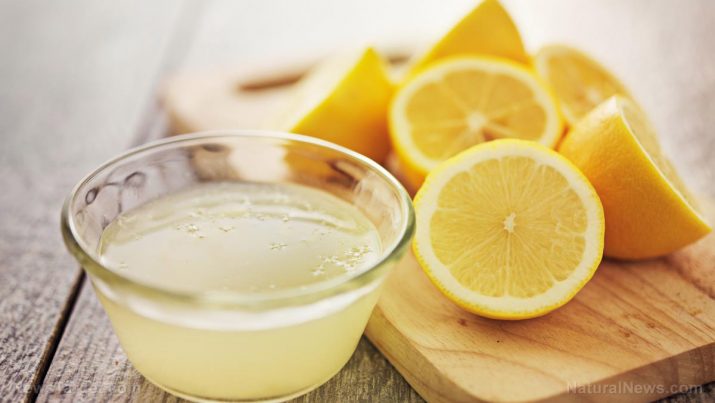
2-hydroxybiphenyl sources, health risks
Tuesday, October 03, 2017 by Jhoanna Robinson
http://www.naturalpedia.com/2-hydroxybiphenyl-sources-health-risks.html

2-hydroxybiphenyl is a chemical compound that is mostly found in lemons. It is also called 2-phenylphenol, 2-Biphenylol, 1-Hydroxy-2phenylbenzene, 2-Fenylfenol, 2-Hydroxy biphenyl, 2-Hydroxydiphenyl, 2-Phenylphenol, Hydroxy-2-phenylbenzene, 2-Phenylphenol sodium.
2-hydroxybiphenyl can be used to make preservatives, such as that it is helpful in warding off diseases in apples, citrus fruits, cucumbers, peppers, stone fruits, and tomatoes, that have already been harvested by directly applying it to them via wax and wrapping them up in plastic. 2-hydroxybiphenyl can also be used as an ingredient to make food seasonings.
The 1971 to 1976 intake of 2-hydroxybiphenyl in the United States has been calculated to be 0.03 micrograms per mass of soil (ug/kg). According to the Food and Drug Administration (FDA)‘s Total Diet Studies, the dietary intake for fiscal years 1978, 1979, 1980, and 1981/1982 has been calculated to be 0.038, 0.046, 0.015, and 0.047 ug/kg, respectively.
2-hidroxybiphenyl has antibacterial and anti-infective properties. It prevents the spread of diseases by addressing the problem at the core and getting rid of harmful and disease-causing bacteria.
2-hydroxybiphenyl can also function as anti-fungal agent. It inhibits the growth and development of fungi in agricultural applications, such as on wood and plastics. It also disinfects and protects the spread of germs on inanimate objects by completely destroying spores or vegetative forms of microorganisms.

Harmful effects that can be caused by 2-hidroxybiphenyl
Too much exposure to 2-hidroxybiphenyl can cause paleness, lifelessness, headache, dizziness, fainting, nausea, vomiting, and a general sense of weakness. It can also result in disorders such as cyanosis, or the bluish pallor of the skin and mucous membranes that is typically associated with low oxygen levels in the red blood cells.
2-hydroxybiphenyl is detrimental to cell growth and health by causing deoxyribonuclease inhibition. Studies also show that 2-hydroxybiphenyl caused adaptations to metabolic demands, focal hepatocellular necrosis, and zonal degeneration.
Body systems harmed by 2-hidroxybiphenyl
2-hydroxybiphenyl is bad for the ocular system. Exposure to huge amounts of it can cause eye irritation with possible corneal injury.
2-hydroxybiphenyl is bad for the central nervous system. It can cause depression and a slew of a whole lot of other mental health issues.
2-hydroxybiphenyl is bad for the respiratory system. Too much exposure to it can cause lesions in the lungs.
2-hydroxybiphenyl is bad for the excretory system. It induces pigmentation of the liver. The urinary bladder and the renal pelvis, are also negatively affected by the occurrence of the increased mitosis of their cells, which progresses to simple epithelial hyperplasia, then later on to papillomas and transitional carcinomas.
Where to learn more
Summary
2-hydroxybiphenyl is detrimental to cell growth and health by causing deoxyribonuclease inhibition.
2-hydroxybiphenyl is bad for the ocular, central nervous, respiratory, and excretory systems.
Too much exposure to 2-hidroxybiphenyl can cause paleness, lifelessness, headache, dizziness, fainting, nausea, vomiting, and a general sense of weakness.
Sources include:
Tagged Under: Tags: 2-hydroxybiphenyl





